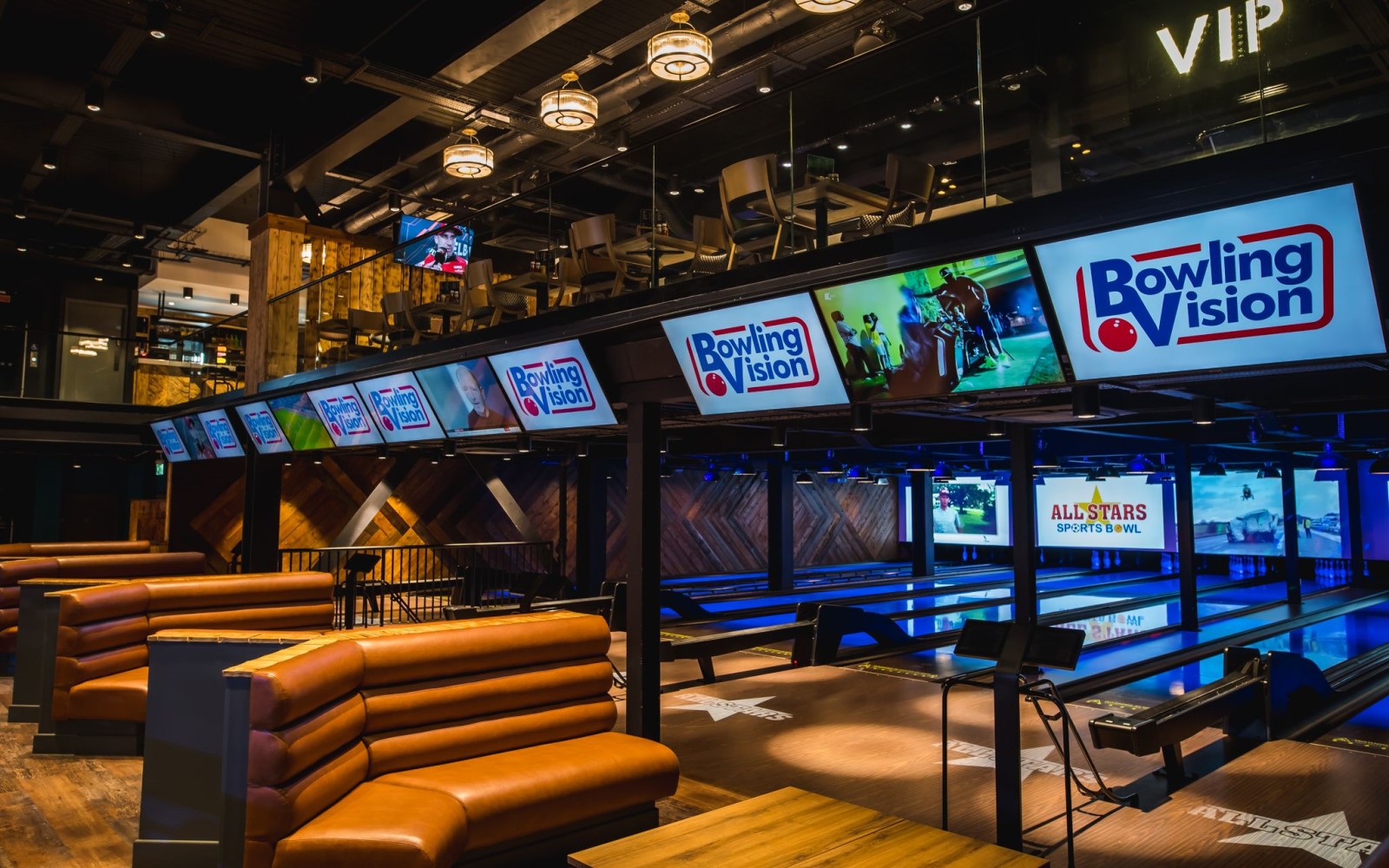If you missed the first part of this series – then head back here and give it a read.
Now that we have an understanding of how to measure F&B SpH, the next step is to explore how it can be used to add value to your business. There are three broad use cases for SpH. While the first is by far the most useful to owners and operators, the other two are included as a useful insight into the consultancy process.
- Benchmarking within your own business to drive improvement
- Benchmarking to assess the performance of a business against others
- The creation of financial models for budgeting, investment and/or business planning
Benchmarking to drive improvement
Being able to accurately measure change to an F&B SpH benchmark enables you to break down ‘big numbers’ into manageable chunks. Many people, particularly junior staff, find it very hard to relate to large numbers so it’s essential to demonstrate these in a way that is more meaningful to them.
For example, let’s take a climbing centre which has 104,000 climbers per year, and also achieves £104,000 F&B revenue per year. If the owner is seeking to increase the F&B revenue by £26,000 per annum, this is not an unrealistic expectation for the business. However, for the staff the owner is asking to achieve this, it is a really ‘big number’ – possibly more than any individual working in the centre earns in a year. Because of this, it’s difficult for them to relate that number to the performance of their every day duties. However, if we break it down to a SpH increase – it works out as an extra £0.25 from each customer on average. This is far easier to explain to the team in the first place, and much simpler to demonstrate progress towards in reports that everyone can understand.

Benchmarking to assess the performance of your own business
Obviously, comparing revenue figures from one business to another is possible, but it’s usually not going to be that useful. The location of the venue, as well as the resource/activity profile is going to greatly affect incomes – a small FEC in a small town of 150,000 people is never going to compete in terms of sheer revenue with a much larger centre in a major city.
However, interestingly, there are still clear similarities in SpH in these circumstances, which makes it a useful tool for comparing businesses and gaining some really useful insights. Of course, it’s important to remember that item pricing will likely be different. This is fine though, as it’s easy to complete a quick exercise to create what we call a ‘scaling factor’, which can then be used to allow for meaningful comparison.
- Take some representative items which are sold at your venue and the site being compared to.
- Work out the ‘basket price’ of all the items.
- Calculate the % difference between them.
This scaling factor can then be applied to the comparison venue SpH.

So, in order to compare SpH representatively between the two venues, we need to apply the % scaling factor to your site’s SpH. In this case, we would multiply your SpH figure by 1.21.
Obviously this isn’t an exact science – the eventual price scaling will, in reality, depend heavily upon the sales mix. However, the more items you add to this comparison, the more accurate your eventual scaling factor will be. Equally, most businesses don’t report readily available SpH figures (although many of the larger companies do as part of their Annual Reports), so you may need to approach suppliers or a consultant to obtain some representative data.
When we’re confident we have a viable comparison, we can assess any difference between the two. If the adjusted SpH figure is lower, then this tells you there’s something to learn from the other venue. The best way to see what they’re doing of course, is to visit the site as a customer and experience the whole process.
The creation of financial models
Whether we’re assisting with the opening of a new venue, the refurbishment of an existing one, or simply completing budgets for an existing site based on industry data rather than like for like performance, SpH is one of the essential elements we use to do this as accurately as possible. Obviously it’s difficult to get revenue and profitability predictions for a completely new venture exactly correct, however, it’s possible to be highly accurate with sufficient information.
SpH can be used to model the F&B revenues with a high degree of accuracy if footfall figures can be determined. This normally comes from a highly detailed model of resource utilisation which will result in being able to predict the number of customers using each resource at every trading hour, which then leads to being able to predict the volume of customers in the venue – after taking into account factors such as wait times and multiple resource utilisation leading to waits in between activities. Simply multiply this footfall figure with the SpH figure to reach projected F&B revenues by week, and therefore month and year. Once this figure is settled upon, phasing adjustments due to events, school holidays etc can be applied to reallocate the revenue within the year.
Clearly this is a highly complex area, and one that we work in regularly, giving us a huge range of available comparison data – these few paragraphs barely scratch the surface.
If you’d like to explore how we can work with you to analyse your data then get in touch via: support@bowlingvision.com
Look out for part 3 of this series (the impact of Dwell Time on F&B SpH) on our website blog.
Originally posted by Matt Barnwell on LinkedIn






